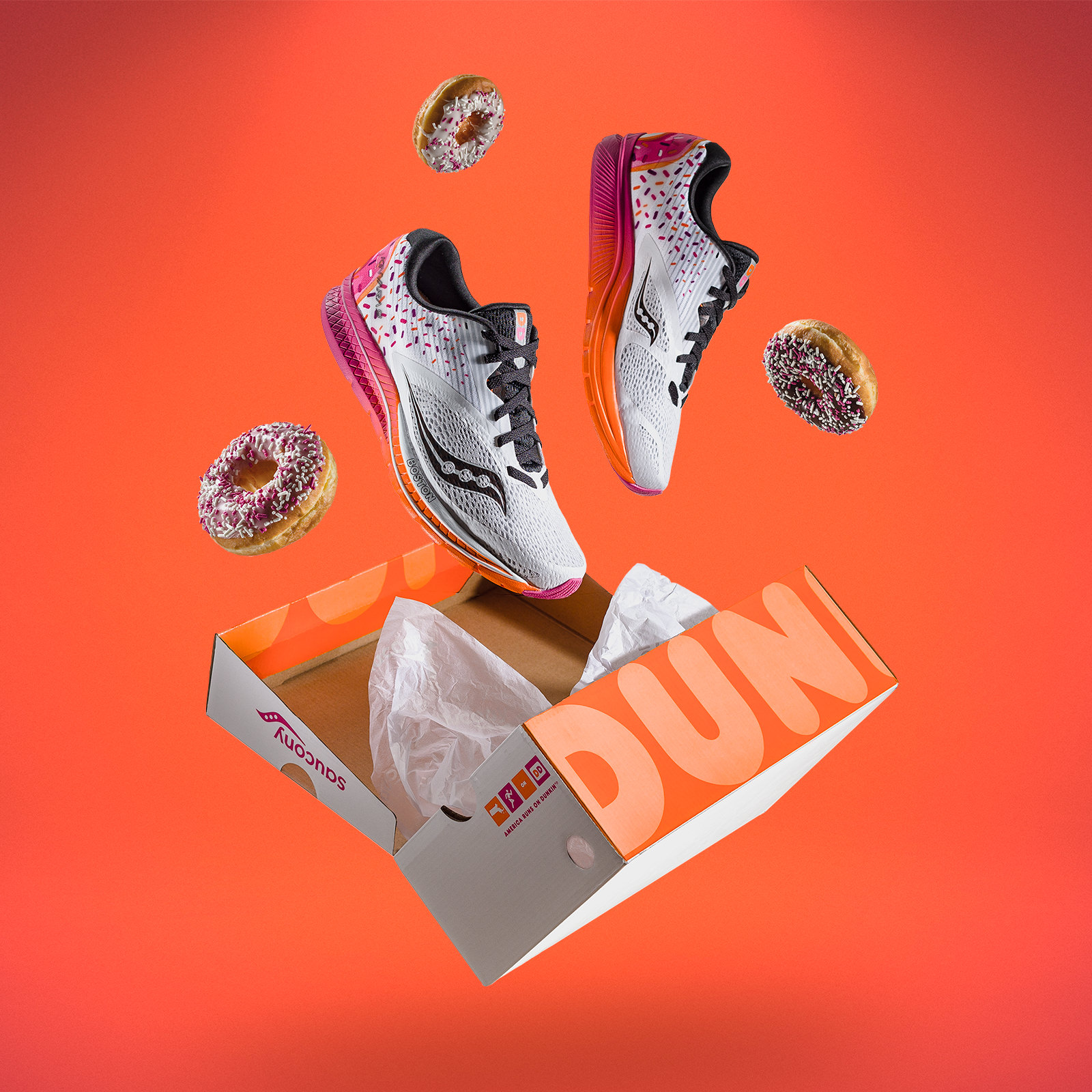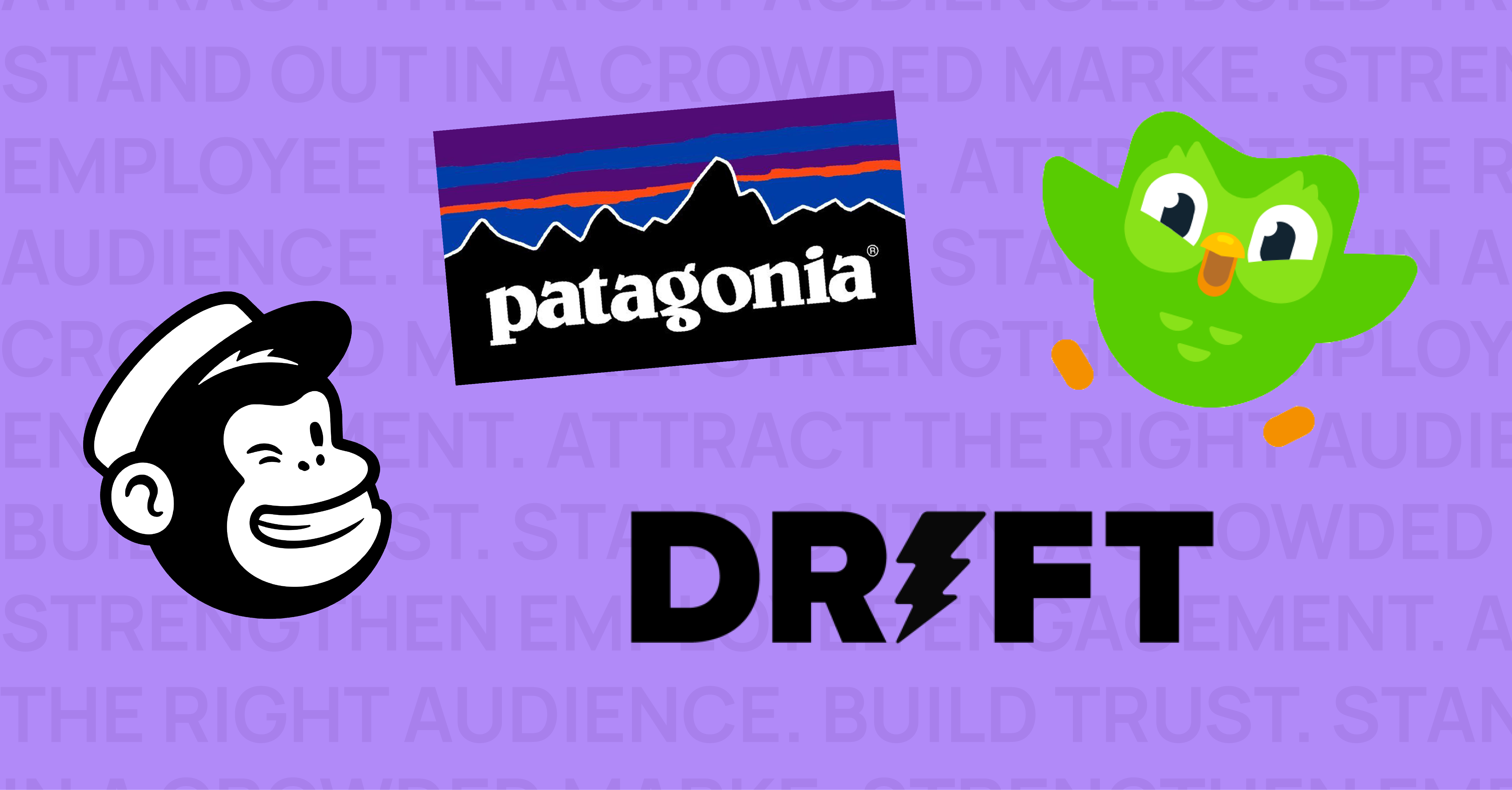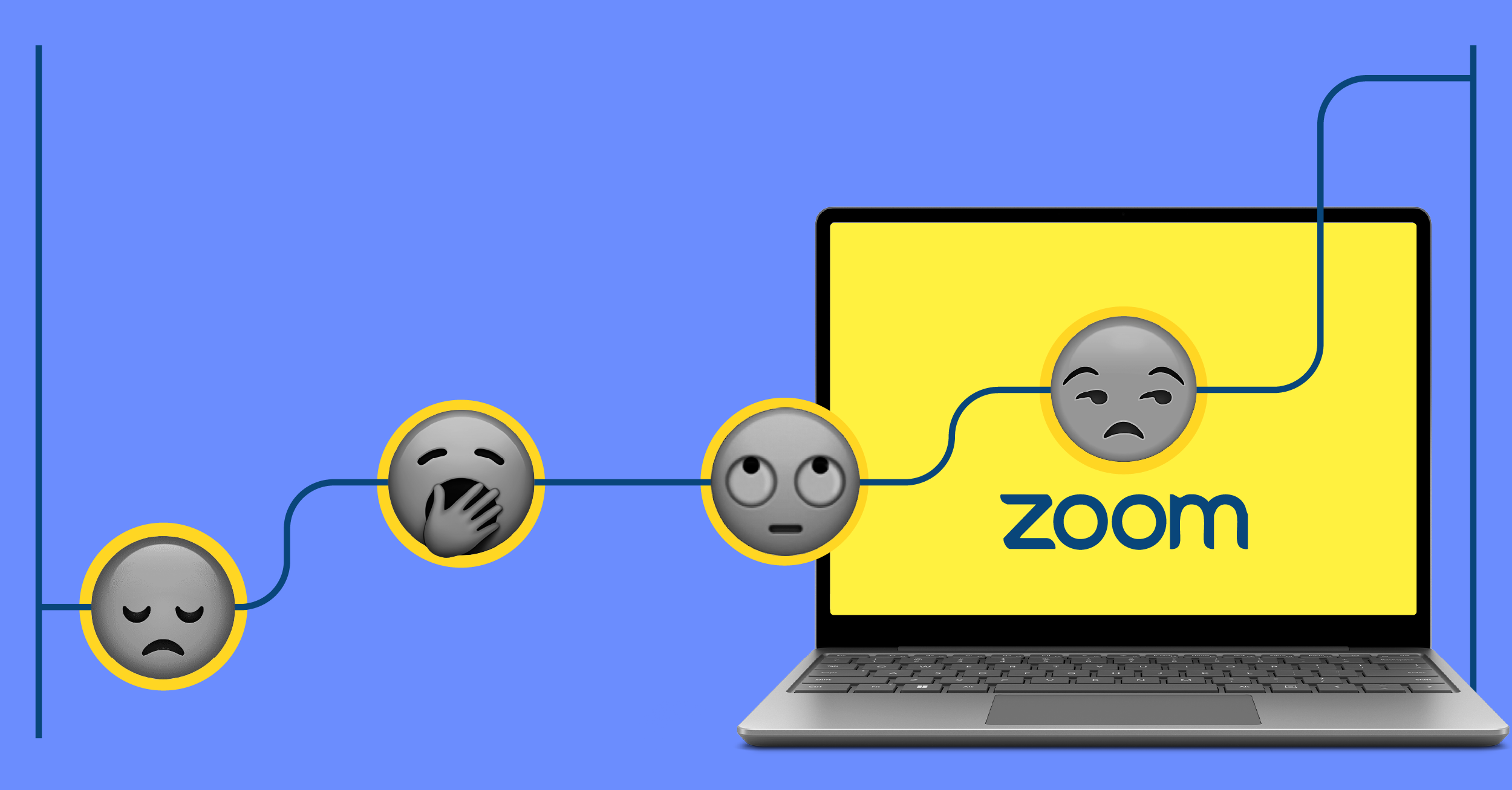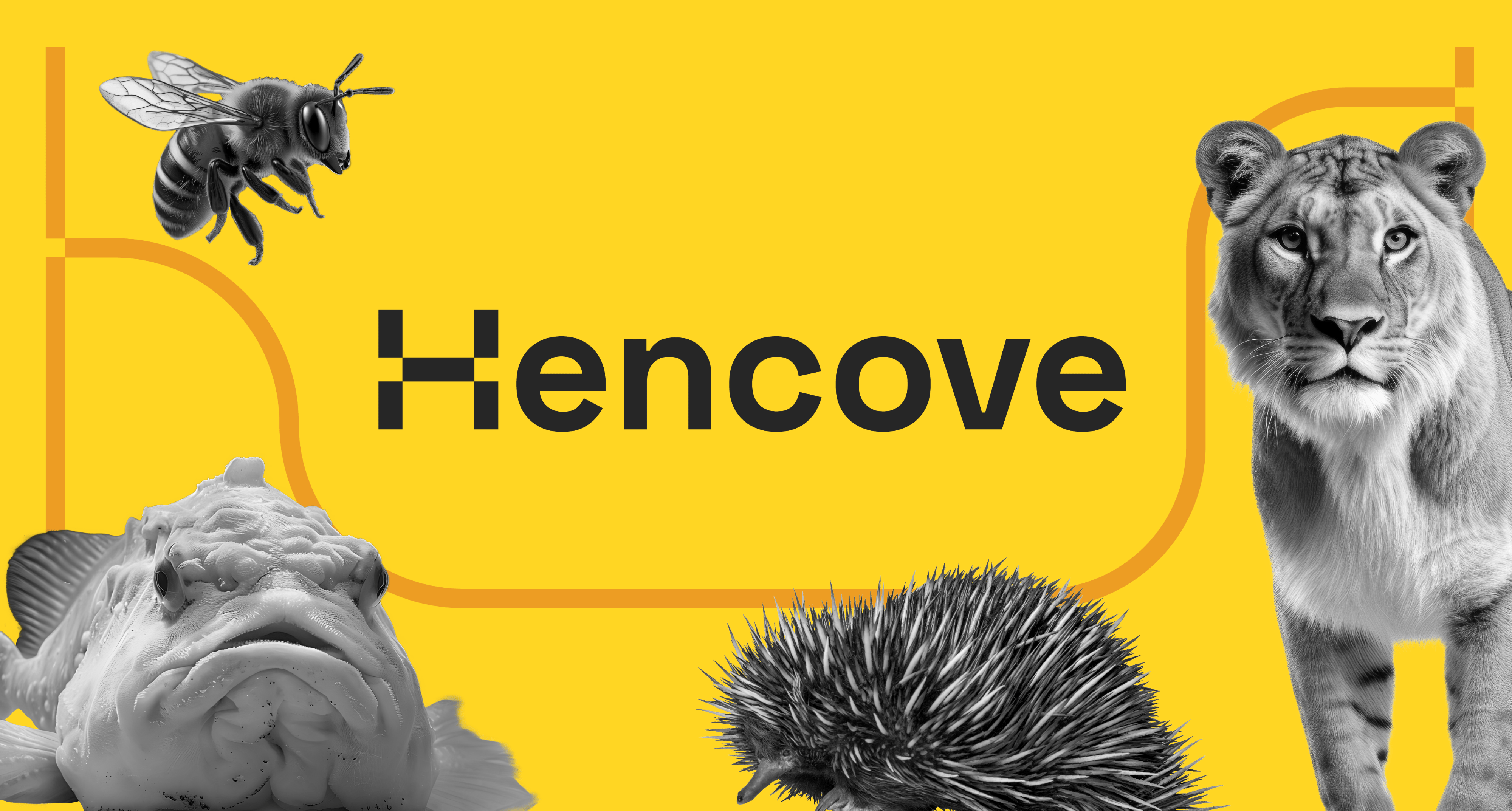The old adage “one plus one equals three,” has proven itself to be remarkably applicable in branding.
When two brands come together, not as a merger, but as a joint partnership, it’s called co-branding. The brands join forces and pool their resources in order to increase brand awareness or reach higher customer value and retention. All it takes is one common factor, either a shared audience or goal, to generate a bigger presence with half the effort spent. Many marketing collaborations are developed between brands occupying similar markets.
The Hershey’s and Betty Crocker partnership is an example of vertical co-branding where two sugary ingredients come together to produce a delicious brownie mix. The benefit of co-branding is the ability to reach new audiences in unique and engaging ways.
In other cases, seemingly unrelated brands can fuse together to create something powerful. Great things can happen when brands look outside of their own locale and align themselves with unlikely but compatible partners that share similar brand promises. A cross-pollination between two radically different brands can be achieved by:
- Combining complementary services to enhance customer experience
- Creating a new product exclusive to the collaboration
- Combining two trends together
These recent co-branding campaigns exemplify the opportunities that exist in the marketplace for collaboration.
Soundtrack for your Ride
Uber and Spotify are two companies fulfilling completely different needs sharing a similar goal: earning more users. In 2014, the two companies launched, “Soundtrack for your ride,” which prompted Uber riders to navigate to the Spotify app to handpick their favorite tunes and DJ their Uber trip. This complementary service gave both of the apps, and companies, an edge over their competitors by promoting exposure to each other’s markets.
Running on Donuts
For Saucony’s 2018 special edition Boston Marathon sneakers, the running company partnered with a fellow Boston-based icon, Dunkin’ Donuts, to literally keep America running.
Through a colorful design, printed with donut sprinkles and splashes of coffee, the new model of Saucony running shoes celebrates a runner’s love for coffee and carbs. Coffee and running a marathon might sound like an odd match, however, studies conducted by Saucony found that coffee is a leading beverage consumed by runners.
Saucony and Dunkin’ are both lifestyle brands; they have a deep understanding of their customers, including the experiences they crave and the places and things that inspire them. By inserting themselves into the audiences’ lifestyle, those products become key contributors to their way of life.
Savings Made Easy
Starling Bank, a UK-based financial institution, last summer announced a partnership with another fintech app, Moneybox. This integration helped Starling’s customers manage their money more seamlessly and effectively by allowing them to link their accounts to Moneybox, which would then round up their purchases and invest the spare change.
Both Starling and Moneybox believe in using technology to make money simpler and exchanges more transparent; they also have a shared interest in helping their customers save and invest. By leveraging each other’s strengths and fusing complementary services, these two innovative companies achieved greater brand awareness and reach.
Audiences are growing more open-minded about what a brand can be; they are also more ac-cepting of brands moving in and out of specific markets and being promoted as “lifestyle brands”. Businesses should jump at that opportunity to find compatible partners for a fresh take on their marketing.



